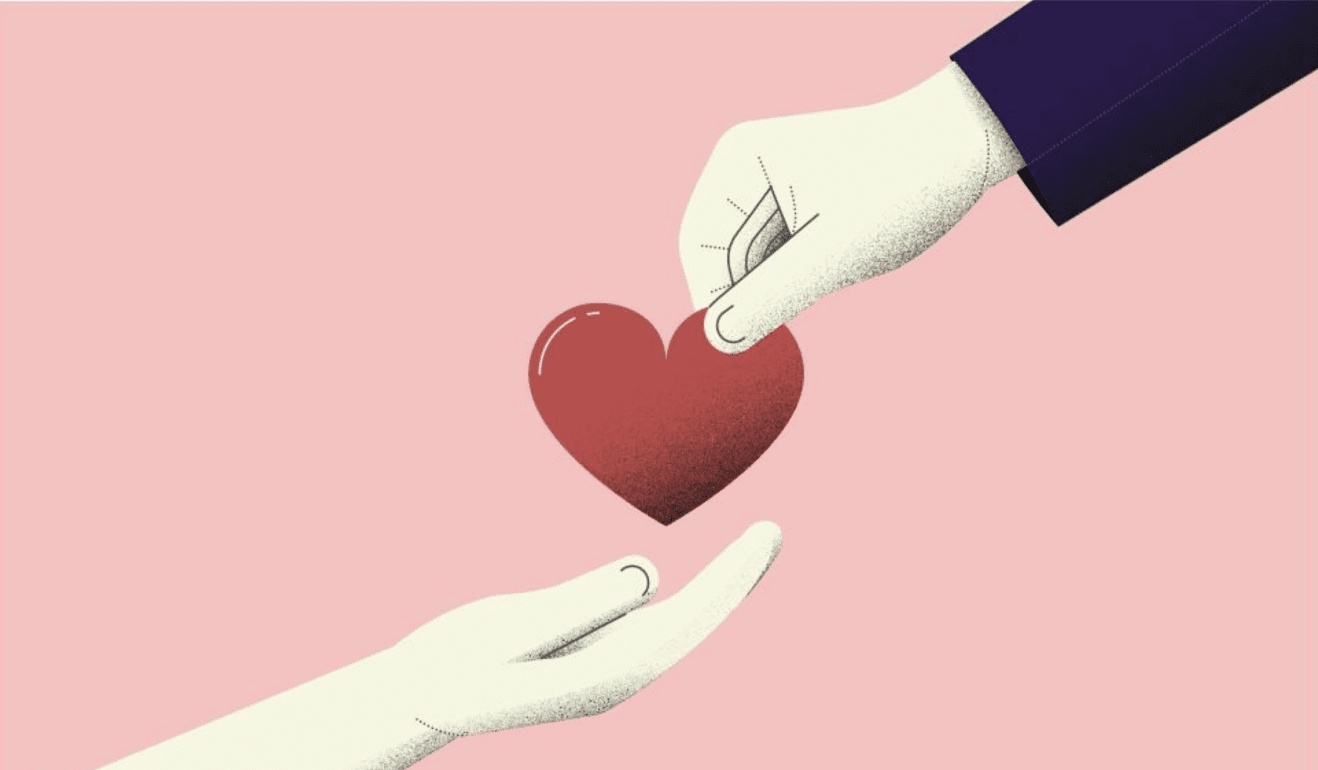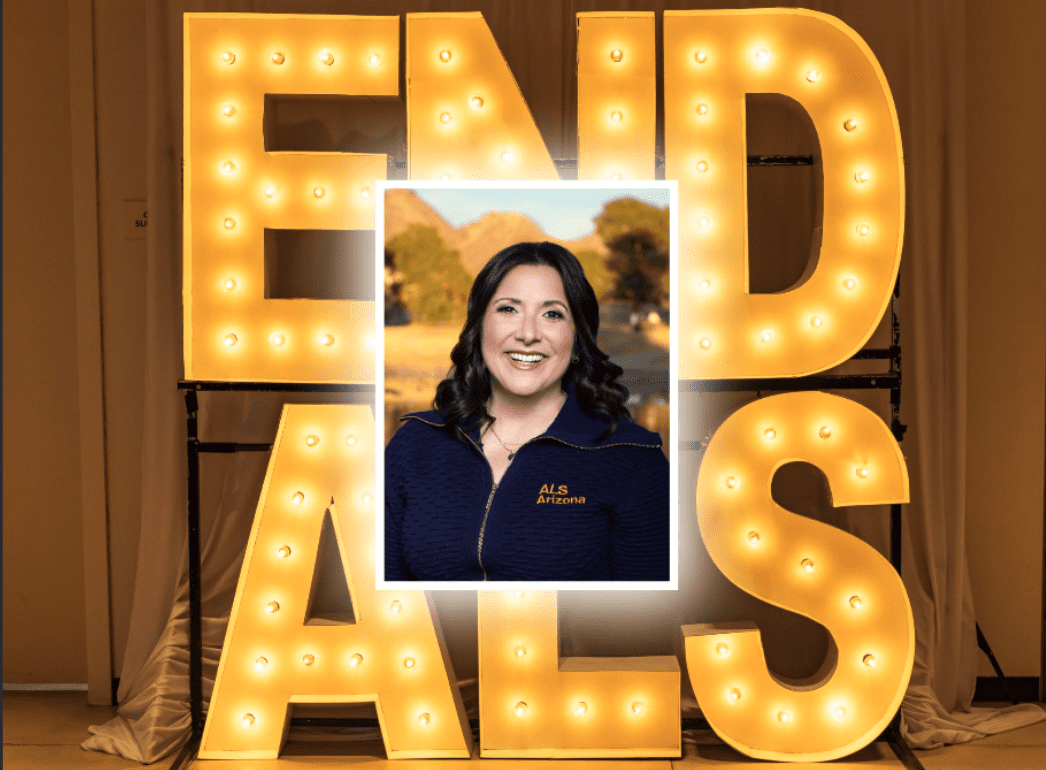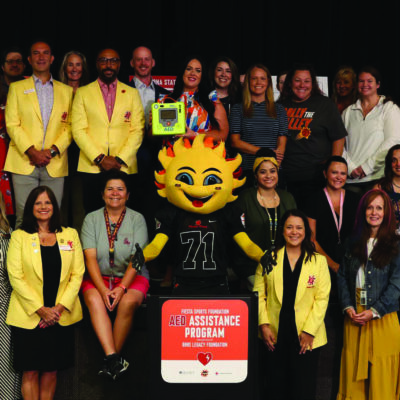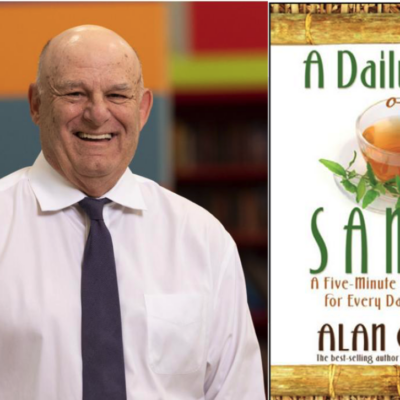A 2nd Act: Doing Good and the Value of the Helper’s High

The mission of the magazine you’re reading is to “celebrate the people and groups who give generously and work to build the future of our community.” Valley of the Sun residents give to such an extent that their stories fill every issue throughout the year.
And we aren’t alone. Despite a worldwide event unprecedented in our generation — the COVID pandemic — Americans gave more than $471 billion in 2020, an increase from 2019. Sixty-nine percent of that amount came from individuals (as opposed to corporations or foundations), also an increase over previous years. Those who had more gave more: 86 percent of households with a $200,000 annual income and above maintained or increased their charitable giving, according to the National Philanthropic Trust. But among the galas and golf tournaments, what really happens when humans give something to others?
Our body’s command center, the brain, is always working — often behind the scenes — reacting to whatever we experience. According to neuroscientist Jorge Moll, giving money to charity activates the reward reinforcement system, which in turn releases the body’s good-vibe chemicals like dopamine and oxytocin. They, in turn, curb stress, reduce harmful inflammation, and make us feel good about the world around us. This experience is so well-known in the scientific world that it’s been dubbed “the helper’s high.”
But there’s more. Altruistic behavior (which is “other”-focused, as opposed to egoistic behavior, which is self-focused) gives us feelings of compassion, benevolence and kindness. According to Jill Neimark and Stephen Post in their book “Why Good Things Happen to Good People,” those feelings leave less room for negative emotions. Evidence also suggests that helping others is related to positive mental and physical health outcomes, including weight control, lower blood pressure and relief from depression. Have you pulled out your wallet yet?
What about all those people who help make the galas and golf tournaments run so smoothly? An estimated 30 percent of the American adult population volunteers their time, talents and energy to make a difference. The National Center for Charitable Statistics reported in 2019 that American volunteers’ 8.8 billion hours were valued at approximately $195 billion.
Volunteering has the same kind of remarkable benefits that donating does, with the same release of the feel-good hormones. When surveyed by United Healthcare and Volunteer Match, volunteers said helping others improved their sense of well-being, made them feel physically healthier and helped lower their stress levels. Like donating, volunteering makes people feel kind. Kinder people are happier, and happier people are kinder.
Equally interesting are these two interconnecting facts. First, volunteers are almost twice as likely to donate to charity than those who don’t volunteer. And secondly, adult children are more likely to give to charity if their parents gave to charity. By doing good, you’re teaching your kids to do good, too. Plus, all that altruism is witnessed by non-family members as well, with similar results.
Among his many profound words, Martin Luther King Jr., said, “Life’s most persistent and urgent question is, ‘What are you doing for others?’” So, brother and sister Valley dwellers, ask yourself that same question. Find the answer, and then get busy doing good.
5 Keys to Good Giving
Admittedly, the where and how much of donating and volunteering can be overwhelming. These five keys to feeling good about doing good might help.
- Find a mission that speaks to you. Whether you’re writing a check or caring for abandoned puppies, your time and resources are valuable. Channeling them into a cause you’re passionate about will give you twice the good feelings.
- Determine how much goes to the mission. Some charities have little to no overhead. Others spend a great deal on administrative costs. Less is more here, and charity websites should speak to how they spend your hard-earned money.
- Any amount counts. If 20 bucks is all your budget will allow, don’t think for a minute it won’t be useful. And that’s especially true of smaller, local organizations.
- Use your resources wisely. Don’t feel bad telling the Girl Scout you can’t buy cookies because you support a homeless shelter (whether via donations or volunteering). Because of you, kids in that shelter have a far greater chance of becoming Girl Scouts down the road, or maybe a nuclear physicist.
- Giving local is just as important as buying local. There are many worthy national organizations, but we have a lot of great homegrown ones that would love your help. Want ideas? Read my past columns in the archives of frontdoorsmedia.com for inspiration.






